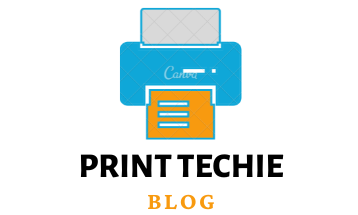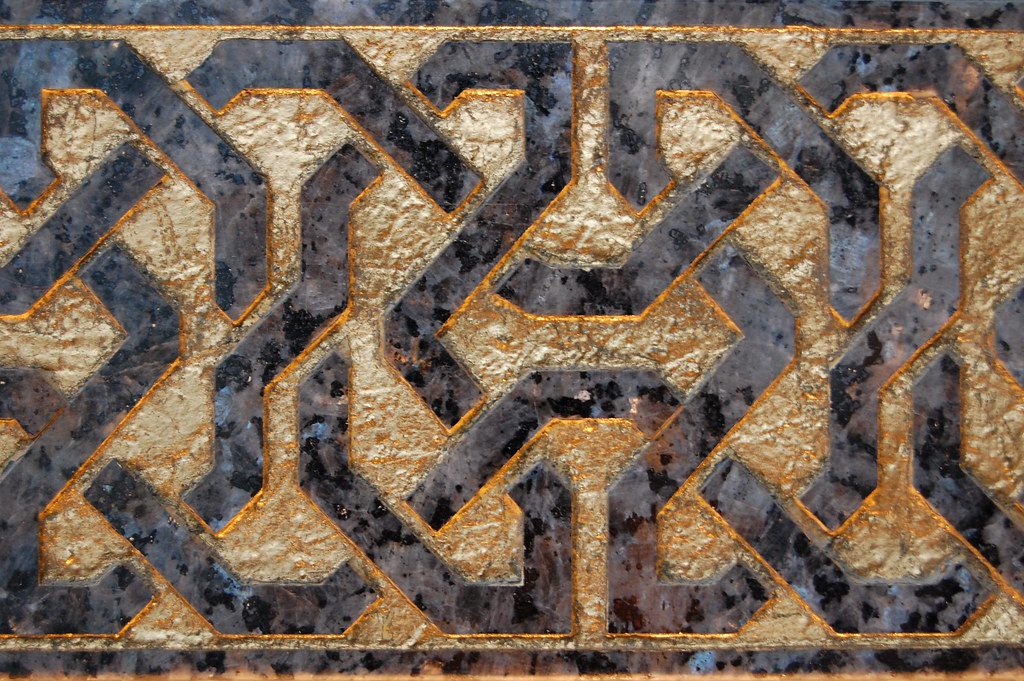Sublimation coating is a special type that transfers ink from a substrate to a product using heat and pressure. This process is commonly used in producing promotional items, awards, and personalized gifts, as it allows for creating high-quality, full-color graphics and designs. In this article, we will explore the process of sublimation coating, the types of products that can be coated, and the benefits of using this technology and sublimation coating formula. We will also provide a FAQ section to address common questions about sublimation coating.
What is Sublimation Coating?
Sublimation coating is a process that involves the transfer of ink from a substrate (such as paper or fabric) to a product using heat and pressure. The ink is printed onto the substrate in a special sublimation ink, which is then placed onto the product and heated to a high temperature (usually around 400 degrees Fahrenheit). The heat makes the ink turn into a gas. The gas goes into the tiny holes in the product. This makes a high-quality image that will not disappear.
Types of Products that can be Coated
Many different types of products can be coated using the sublimation process. Some of the most common products include:
- Ceramic mugs and tiles
- Metal keychains and ornaments
- Plastic phone cases and tumblers
- Fabric items such as t-shirts and hats
- Wood products such as plaques and picture frames
Benefits of Using Sublimation Coating
There are several benefits to using sublimation coating in producing promotional items and other products. Some of the main benefits include:
High-quality, full-color graphics:
Sublimation coating allows for creating vibrant, full-color graphics resistant to fading and scratching.
Durability:
Sublimated images are permanent and will not peel or fade over time.
Versatility:
Sublimation coating can be used on various products, including ceramics, metal, plastic, fabric, and wood.
Customization:
Sublimation coating allows for creating personalized products with unique graphics and designs.
How to Apply Sublimation Coating – sublimation coating formula.
The process of applying sublimation coating to a product involves the following steps: Lets dig into sublimation coating formula:
Create the design:
The first step is to create the design that will be printed onto the substrate. You can create a digital image using a program like Adobe Illustrator or Photoshop.
Print the design:
Once the design has been created, it must be printed onto the substrate using special sublimation ink.
Coat the product:
The next step is to apply the sublimation coating to the product. This can be done using a spray-on coating or dipping the product into a coating solution.
Transfer the design:
The substrate with the printed design is then placed onto the coated product and heated to a high temperature using a heat press or other equipment. The ink is turned into a gas by the heat, and it goes into the tiny holes in the product.
Allow the product to cool:
After the heating process is complete, the product should be allowed to cool before handling.
FAQs:
Can any product be coated using the sublimation process?
Not all products are suitable for sublimation coating. The product must have a porous surface that can absorb the ink, and it must be able to withstand high temperatures.
How long does the sublimation process take?
The length of the sublimation process can vary depending on the size and complexity of the design, as well as the coated product type. The process generally takes a few minutes to complete, but it may take longer for larger or more complex designs.
Is sublimation coating permanent?
Yes, sublimation coating is a permanent process. The ink is absorbed into the product’s pores, creating a permanent image that will not peel or fade over time.
Can sublimation coating be used on fabric products?
Yes, sublimation coating can be used on fabric products such as t-shirts, hats, and other garments. The fabric must be made of synthetic material, such as polyester, to absorb the ink properly.
Can sublimation coating be used to create photographic images?
Yes, sublimation coating can create high-quality, full-color photographic images. The resolution of the printed image will depend on the resolution of the original photograph and the quality of the printing equipment being used.
Is sublimation coating environmentally friendly?
Sublimation coating is generally considered environmentally friendly because it does not produce harmful by-products or waste. The ink used in the process is water-based, contains no harmful chemicals, and does not produce any emissions or pollutants.
sublimation coating is a specialized process that allows for transferring high-quality, full-color graphics onto various products using heat and pressure. This technology is commonly used in producing promotional items, awards, and personalized gifts and offers some benefits, such as durability, versatility, and customization. While not all products are suitable for sublimation coating, those can be transformed into unique and eye-catching items with long-lasting graphics. Overall, sublimation coating is a valuable tool for businesses and individuals looking to create custom, high-quality products with unique designs.

